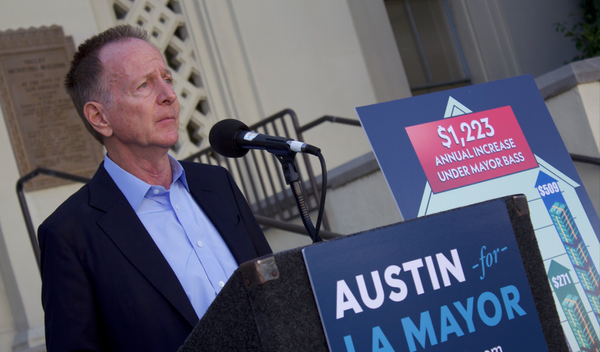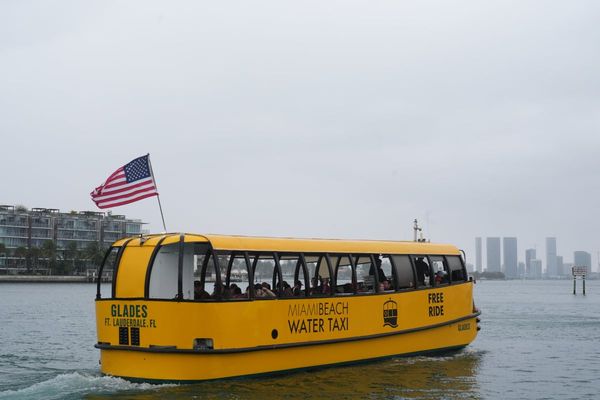The train accident in Vizianagaram district of Andhra Pradesh, which claimed 13 lives and left 38 injured, has again highlighted the inadequacies in the railway safety system. A stationary train, the Visakhapatnam-Palasa passenger, was hit by the Visakhapatnam-Rayagada passenger at Kantakapalli station, 36 kilometres from Visakhapatnam, on the Vizianagaram-Visakhapatnam line. The accident comes just after the horrific three-train collision in Odisha’s Balasore district in June, where at least 275 people were killed. Human error may be a common factor in both accidents. “Signalling interference” may have led to the accident in Odisha while “signal jump” is suspected to be the cause in Vizianagaram. In both accidents, Kavach — the indigenously developed train collision avoidance system — was not available on the trains. The tragedy raises questions whether the top brass of the Indian Railways has failed to enforce rail safety regulations. Even in the case of the Odisha accident, there was no proactive and intensive campaign by the government to reassure people that there would not be another such accident, one of India’s worst.
The deeper and chronic issues that plague the functioning of the Railways should be analysed. There is a view that importance has not been given to upgrading the signalling and telecommunications network as well as human resources development. Even after the empanelling of nearly 1.12 lakh candidates, between April 2022 and June 2023, for posts related to operational safety, around 53,180 posts were still vacant, as on July 1, 2023. There have been measures such as the interlocking of nearly 11,100 level crossing gates (as on May 31, 2023), mechanisation of track-laying activity by track machines to reduce human errors, provision of electrical or electronic interlocking system with centralised operation of points and signals at 6,427 stations to eliminate accidents due to human failure, and implementation of the Rashtriya Rail Sanraksha Kosh for the replacement, renewal and upgradation of critical safety assets, to improve the functioning of the railway system, especially safety. But these steps will have no value when lives continue to be lost. At the very least, there has to be the accountability of the senior railway management, at the divisional level itself, when such an accident occurs. In addition to installing technology on every train that captures every-minute communication, the government should see to it that members of the Railway Board are drawn from a pool of professionals and technocrats outside the railway system. Sooner than later, it may have to carry out a holistic revamp of the railway system.







